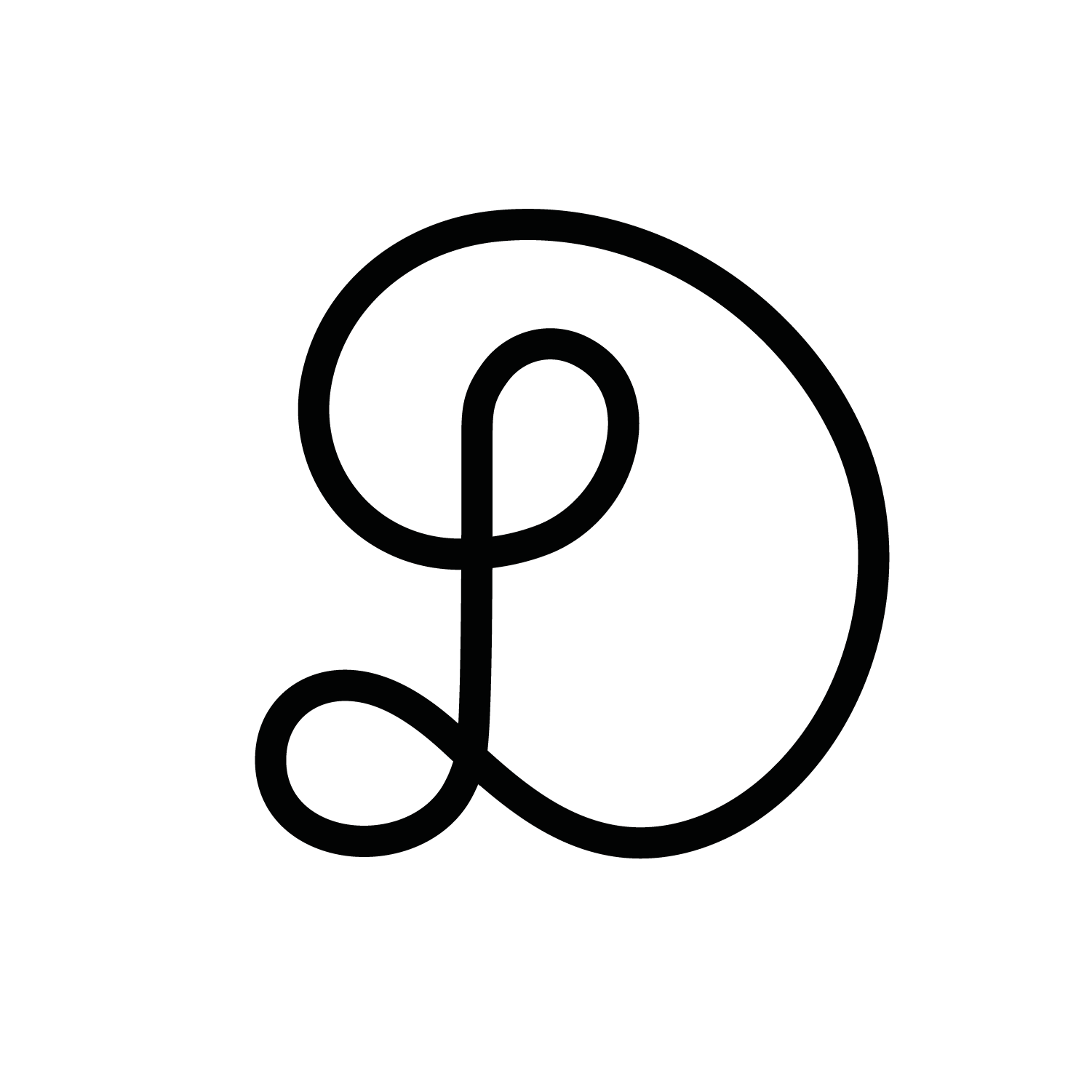
Meeting In The Sky
A Vibrant Blend Of Nature And Arts
Duc Luong- Illustrator
“Colombo, which is a wetland city, is filled with unique wildlife which makes it beautiful and special. This inspired Kumkum and the team to make kites based on the wild species inhabiting the land. I helped him do the full illustration of the kites. In the book, it shows the kite and the animal species it represents. It took over 6 months to do the illustrations and I'm very happy to help the local team. This whole process took almost a year for me and it was challenging as I was in Vietnam and Kumkum was in Germany so we had to mostly work online, but in the end, it's all worth it because it became a success.”
“Colombo, which is a wetland city, is filled with unique wildlife which makes it beautiful and special. This inspired Kumkum and the team to make kites based on the wild species inhabiting the land. I helped him do the full illustration of the kites. In the book, it shows the kite and the animal species it represents. It took over 6 months to do the illustrations and I'm very happy to help the local team. This whole process took almost a year for me and it was challenging as I was in Vietnam and Kumkum was in Germany so we had to mostly work online, but in the end, it's all worth it because it became a success.”
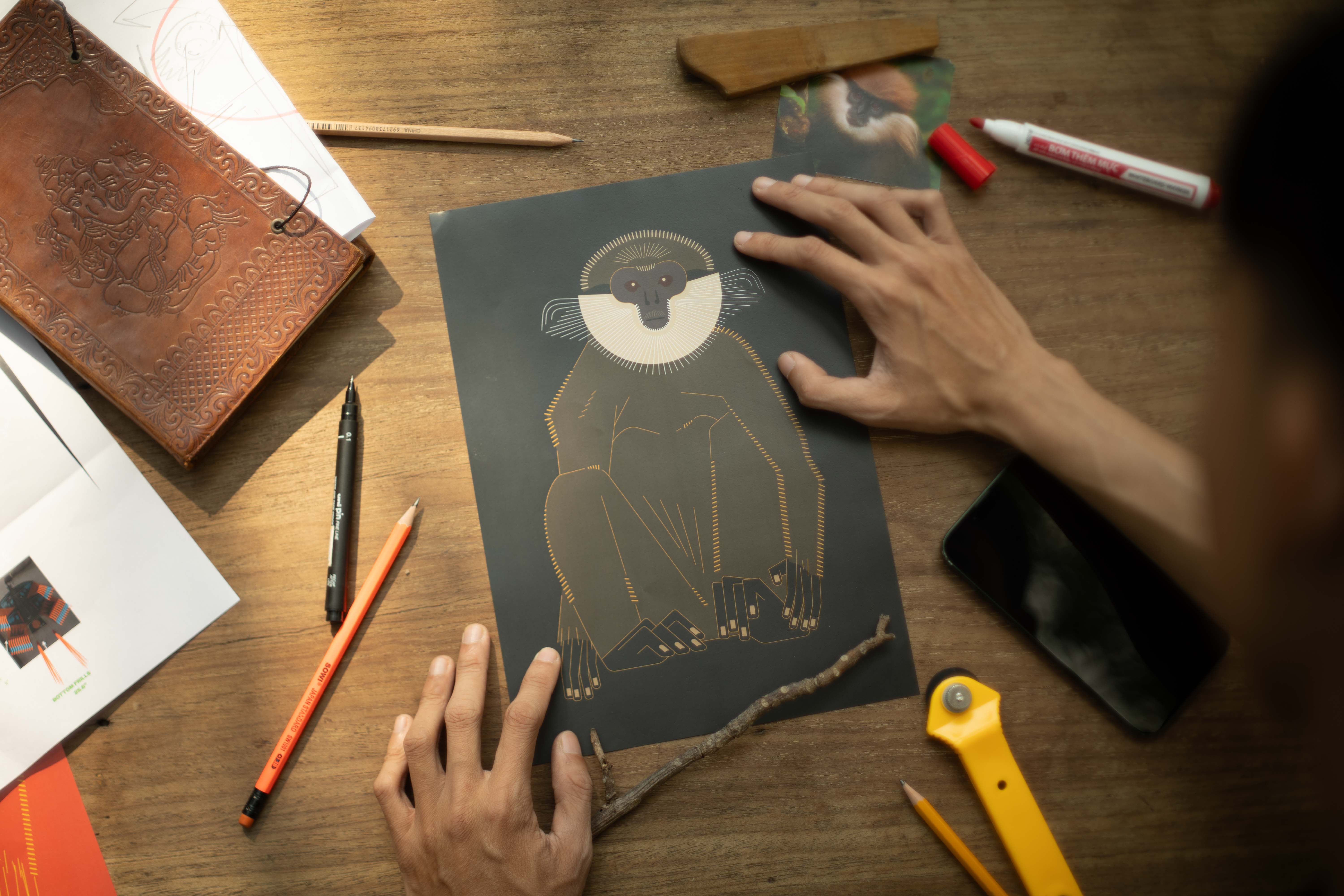
When Lines Found Life
Crafting Animal Personalities
One of the most rewarding phases of working on "The Meeting in the Sky" was defining the illustration style to bring Colombo’s wildlife to life.
At first, there were no rules—I allowed myself to experiment freely. During this process, I called @kumkumfernando for advice, and his words were simple yet insightful: “Think of the animals as having their own personalities.” That guidance stayed with me and helped me refine my approach after a few initial attempts didn’t feel right.
At first, there were no rules—I allowed myself to experiment freely. During this process, I called @kumkumfernando for advice, and his words were simple yet insightful: “Think of the animals as having their own personalities.” That guidance stayed with me and helped me refine my approach after a few initial attempts didn’t feel right.
I eventually found inspiration in the simplest of tools: the symbols on my keyboard. Commas “,” became fur and noses, em dashes “—” outlined mouths, and vertical bars “|” suggested whiskers. My first successful piece was the Purple-faced Lutung (ශ්රී ලංකා කළු වඳුරා), with its brown coat, dark face, and lighter fur below. It felt as though it came alive on the page, carrying a quiet confidence, as if it had just noticed me. This illustration became the foundation for the rest of the series.
April 19, 2024
Saigon, Vietnam
See more at:
THE MEETING IN THE SKY - A STORY BY CINNAMON LIFE
April 19, 2024
Saigon, Vietnam
See more at:
THE MEETING IN THE SKY - A STORY BY CINNAMON LIFE
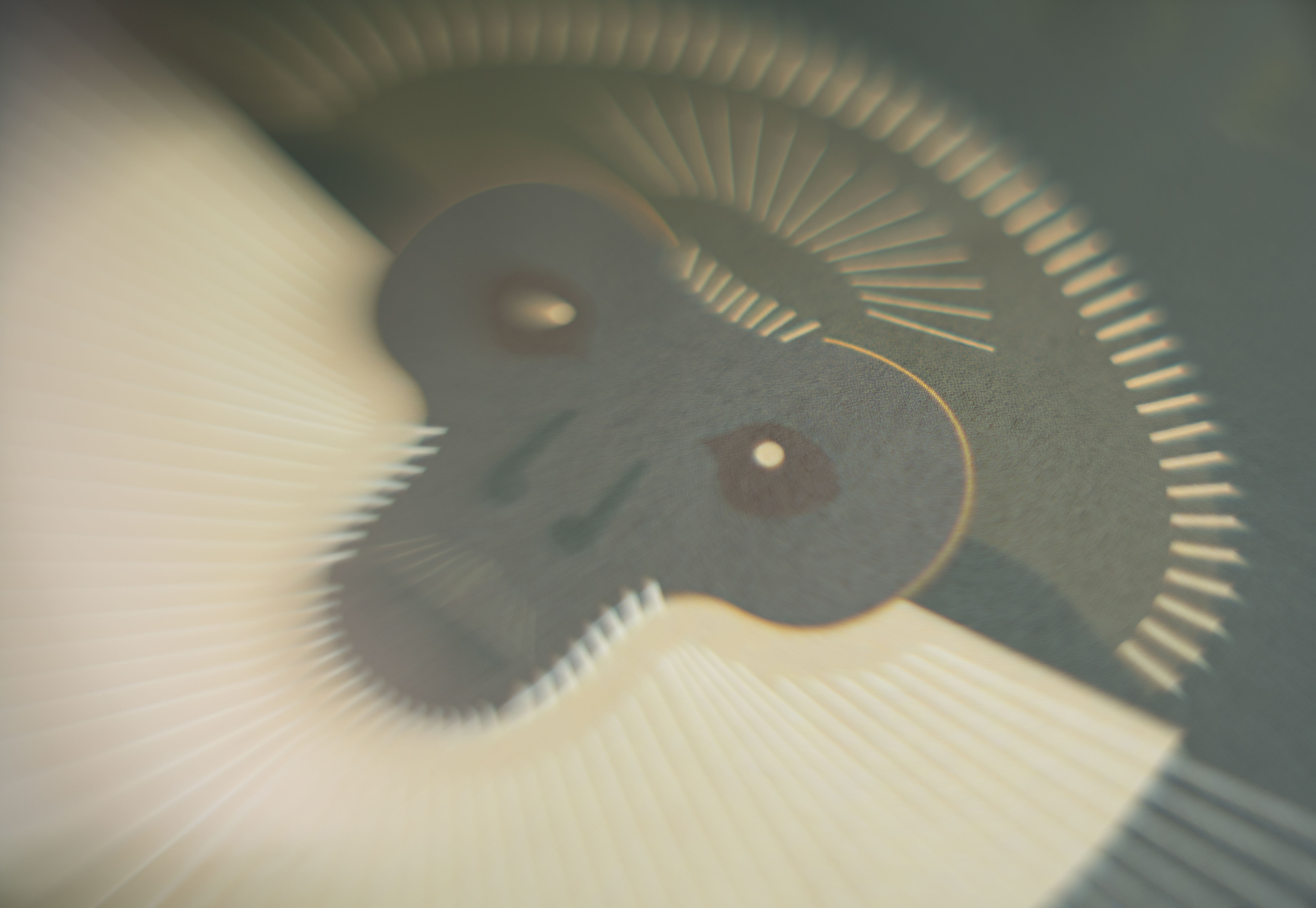

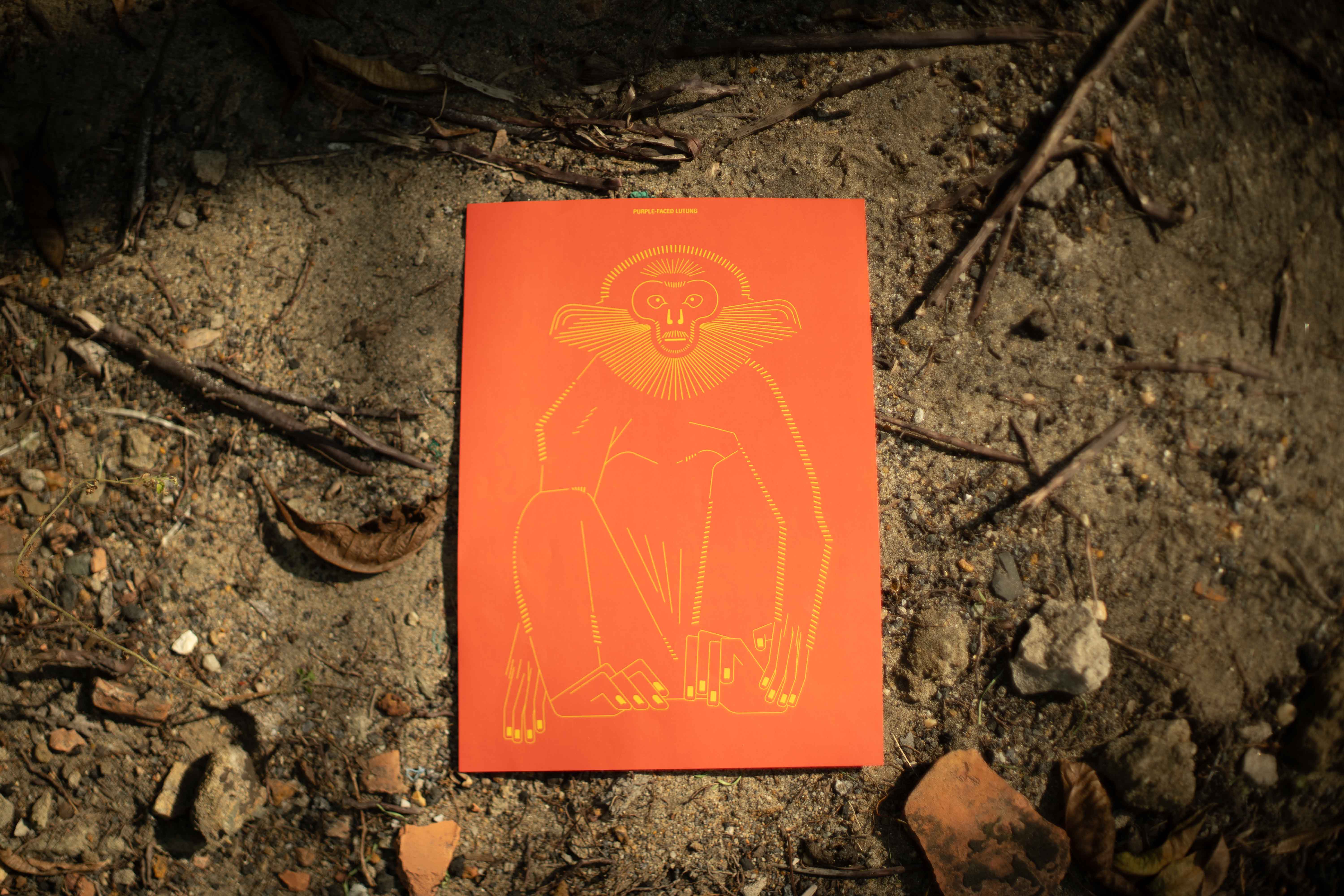


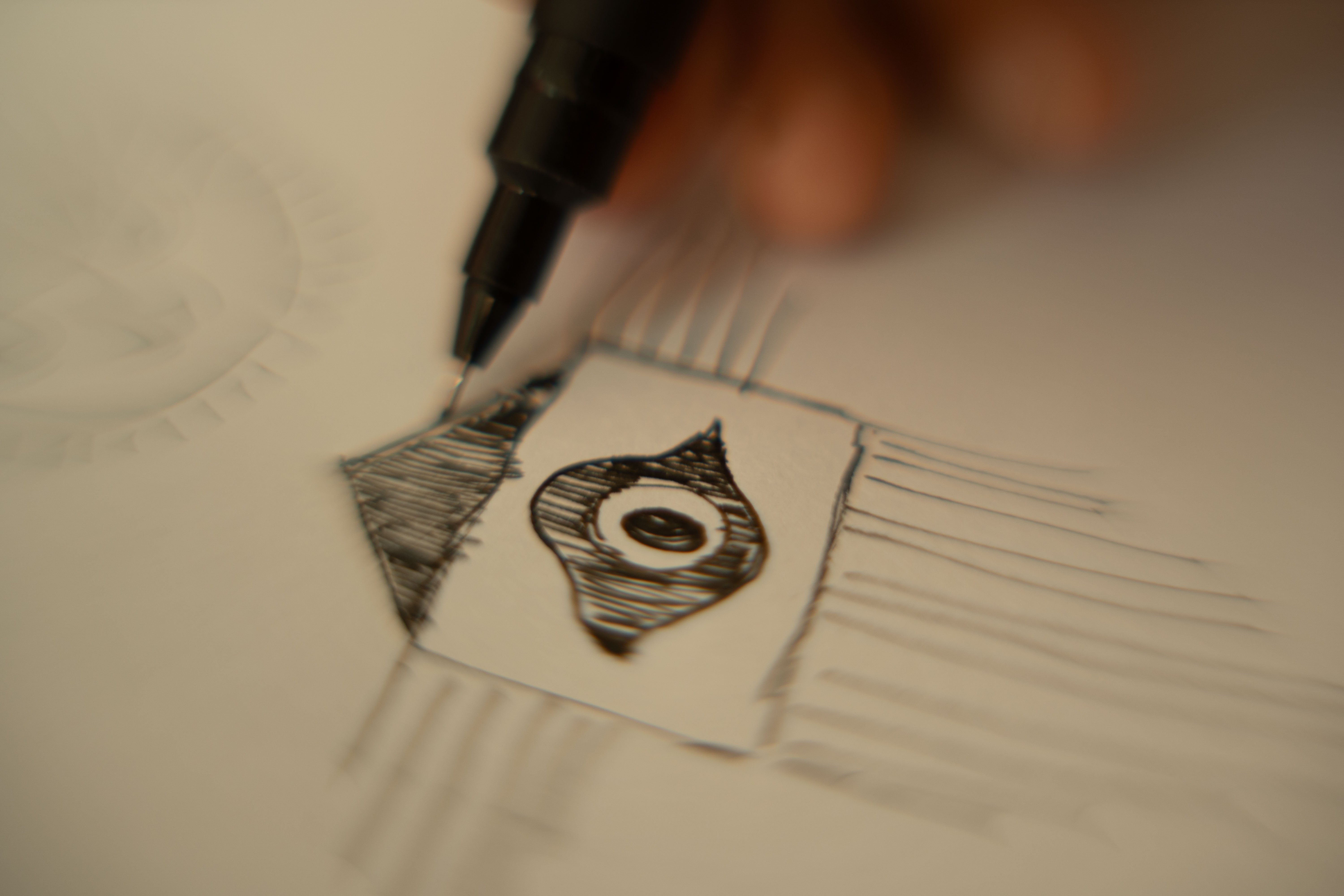

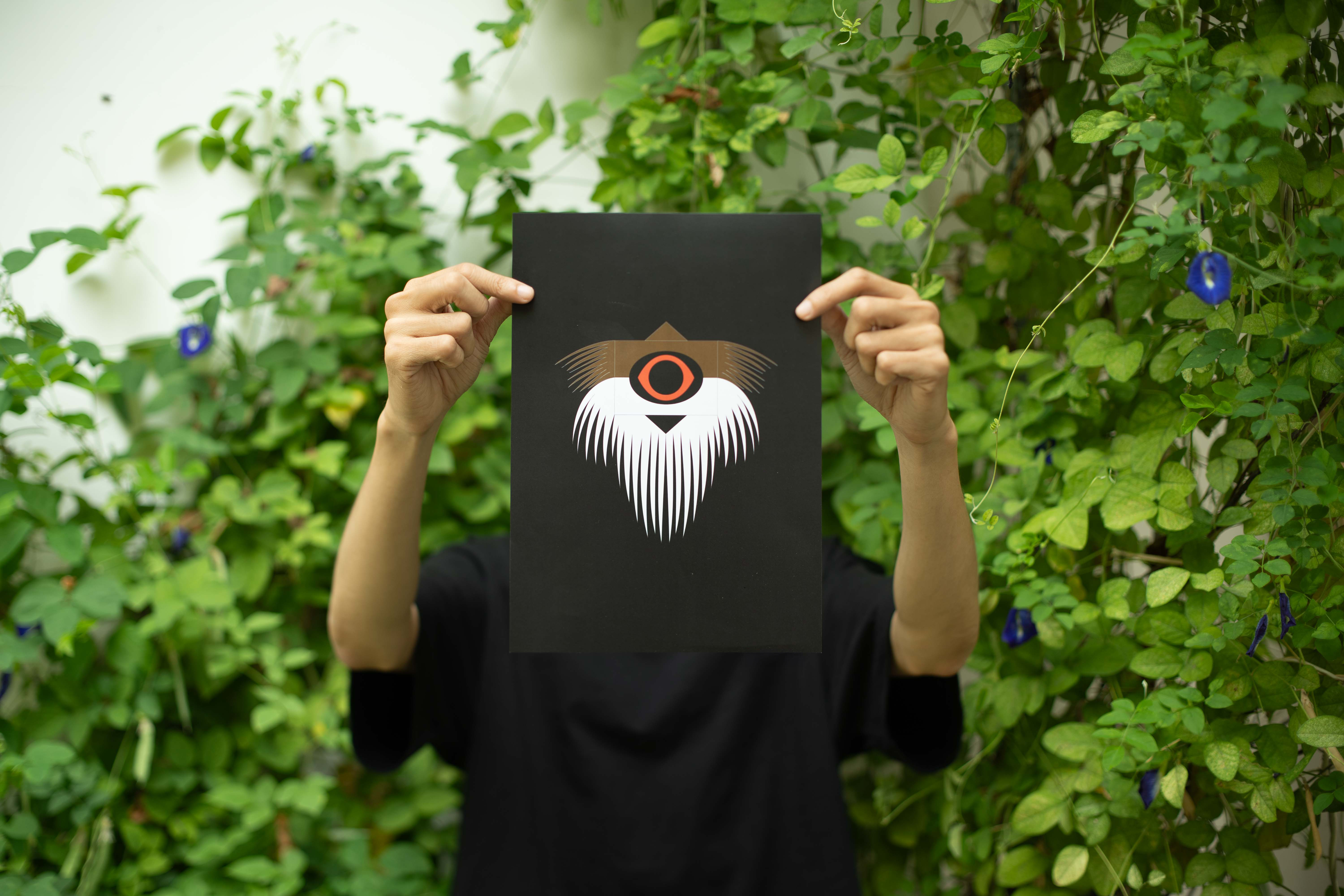

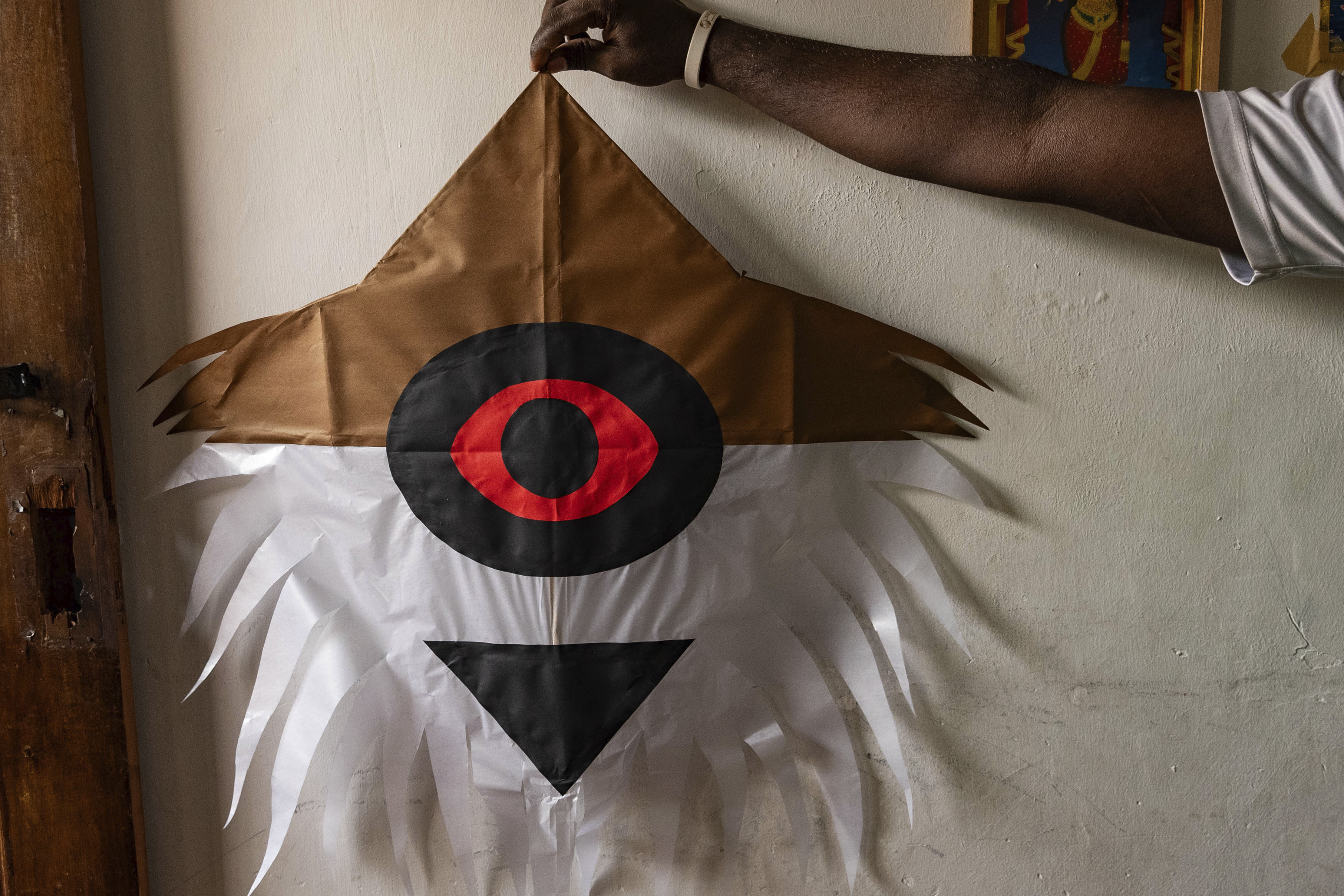
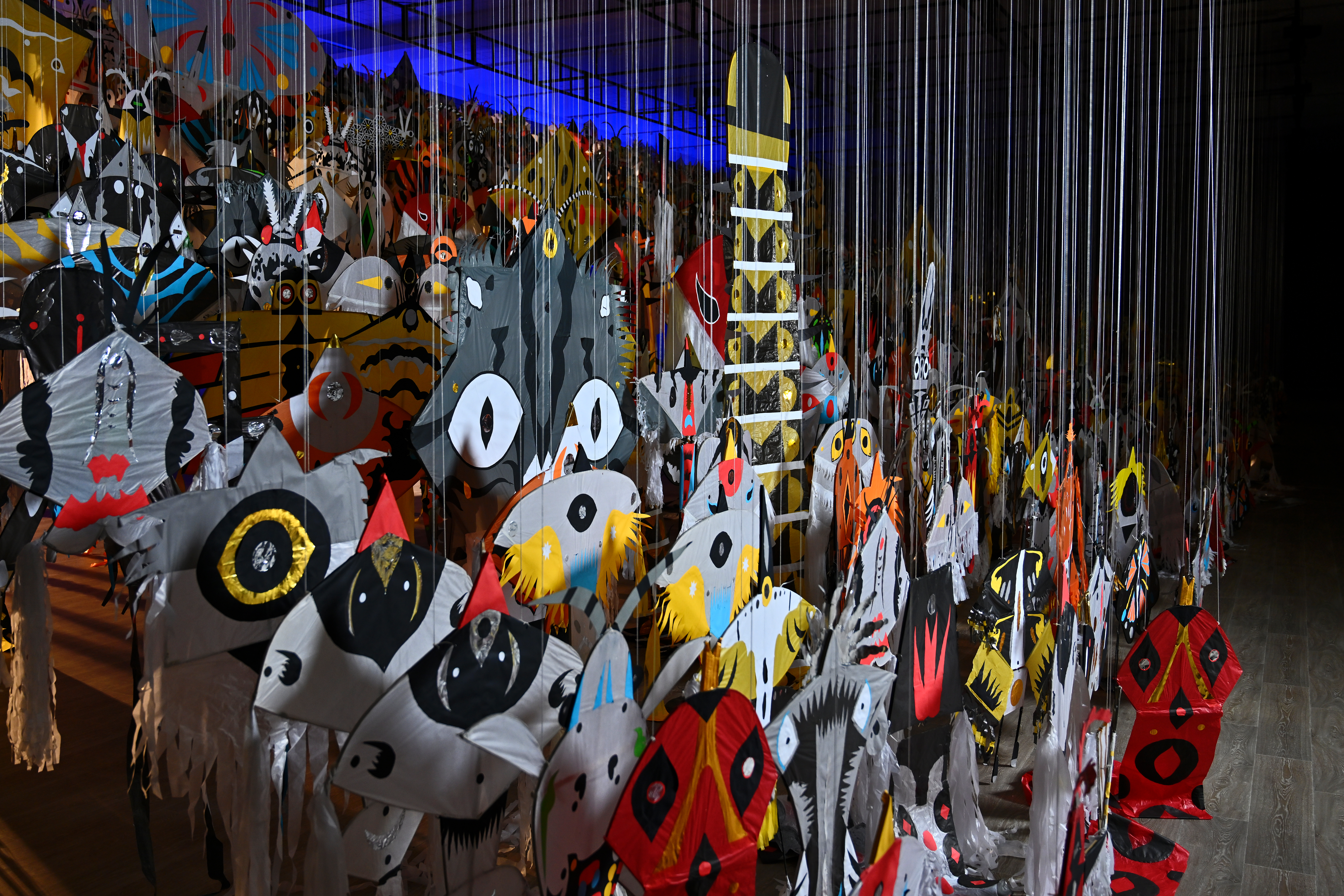

The City of Love
2024 | Longlist | Design Product & Packaging
Pepsi Tet 2024 Zine Vol.2
I chose to craft a little book detailing the process of how my colleagues and I at Ki Saigon worked on the Pepsi Tet 2024 packaging design project.
In this second book, I delve deeper into my personal reflections on a specific sample illustration that resonated with the group. While it may not be an official packaging illustration, it exemplifies my typical approach when given any advertising packaging project.
By printing and storing hand-held booklets, I enhance my ability to visualize the illustrations created over time, striving to improve with each new project.
Read other articles on the page:
@Instagram
Read other articles on the page:

Đức Lương: ARCHIVING THE EPHEMERAL EVERYDAY
A picture is worth a thousand words. Đức Lương’s illustrations, whether simple or complex, all tell beautiful stories of the quotidian, unveiling a flourishing local Vietnamese culture through his thoughtful designs and versatile style. His works range from advertisements and editorial illustrations for renowned clients such as Samsung, Coca-Cola, and The New York Times, to his human-centered personal illustrations and archival projects.
Fascinated by Vietnamese history and culture, one that is characterised by destruction and impermanence due to decades of war and turmoil, Luongdoo is committed to capturing the seemingly trivial, fleeting moments of daily life both in the past and the present. We speak to him about his journey as an artist, as he gives us a glimpse of the unique creative process that underlies his mesmerising and meaningful work.

Having started drawing as a hobby, to now working at the communication design agency Ki Saigon while continuing with personal work on the side, can you describe your journey in art with three words, and elaborate a bit on each of your choices?
Curious, meticulous, and patient.
In my case, ever since I was a child, drawing had not been my passion. Instead, I found my passion in fixing things, especially the toys and equipment around my house. I loved dismantling and then reassembling them back to their original form. That was also the only way to make me stay still for hours.
In 2013, When I was in college, I studied Business Administration. I incidentally started practicing drawing by following the Doodle Art style in class. At first, this was just for killing time, but day by day, like my passion for fixing things used to make me stay still, I started drawing more and more beside studying my major. After graduation, I aimed to become an illustrator and advertising artist. I love observing moments in daily life where I live, moments of people with different behaviours, and the presence of animals or objects around people, which somehow helps me create meaningful artwork for the people who enjoy it.
In my case, ever since I was a child, drawing had not been my passion. Instead, I found my passion in fixing things, especially the toys and equipment around my house. I loved dismantling and then reassembling them back to their original form. That was also the only way to make me stay still for hours.
In 2013, When I was in college, I studied Business Administration. I incidentally started practicing drawing by following the Doodle Art style in class. At first, this was just for killing time, but day by day, like my passion for fixing things used to make me stay still, I started drawing more and more beside studying my major. After graduation, I aimed to become an illustrator and advertising artist. I love observing moments in daily life where I live, moments of people with different behaviours, and the presence of animals or objects around people, which somehow helps me create meaningful artwork for the people who enjoy it.
I was struck immediately not only by the life and vibrancy in your illustrations upon coming across your work for the first time, but I was also fascinated by the diversity in style between your different pieces. What does the notion of illustration style mean to you?
I'm not sure that I want a clear definition of what style is? Back when I worked at Ki Saigon, I was given the opportunity to experiment with different illustration styles such as computer drawing, crafting, and hand drawing to find the best match for each project. From the experiences I have accumulated, I always try to find and suggest to my clients appropriate ways illustrations can be used on their products. In general, with my work, regardless of the style of illustration and whether the picture has a lot of details, I try to make it profound in terms of content. It can be the beauty of culture, the local lifestyle of where I live, or the way I dress, act, and live. My own thoughts are also often added in.
How did you find your illustration style(s)?
What are the biggest influences on your style, and how does it develop over time?Back when I started my drawing, I found my inspiration in Mr Lei - a Filipino doodle artist. Most of his work is illustrated with fine liner on paper. His illustrations and artworks are full of interesting details. The characters are somehow always interacting with each other in his miniature world. With that great inspiration, I love the details in every drawing I make. The details I want to include are mostly inspired by a collection of photos and short videos that I take time to record, combined with my own ability to recognise and create connections between people, objects, and animals. Even now, for special or important projects, I stick to my traditional way of drawing with pen and ink on paper, before colouring it in on the computer. It helps to shorten the time for editing and completing.

A lot of your works are about or involve humans. How did you develop the habit of and interest in closely observing people and things around you?
I love observing people, and you know what, if you have the time to observe more, go to the local markets. My house is about 21km from work, a long way to go by motorbike, and a very easy way to get trapped in a traffic jam. And maybe because of that, I get the opportunity to observe people a lot more, especially in the morning, when the energy levels are high as people are fully recharged and restored. I bought myself two small devices, a phone and a Sony recorder, for taking pictures and recording short videos of what I see and feel every day. My archive is mostly moments of daily life. There are moments that I might only ever see once in my life.
A lot of your work also centers around Vietnamese culture and local life, can you tell us a bit more about Vietnam both as a source of inspiration and an influence on your art? Does Vietnam still find a way into work commissioned by clients that are less explicitly or not at all related to Vietnam?
Being born at a time when the country had just reopened and restored from war (around the year 2000) has made me even more curious about the past, about old collections of books and magazines written about poetry, the artists who worked during a difficult time for the country with poor living conditions, as well as the beautiful architecture and landscapes that have been destroyed or gradually lost. To this day, my curiosity to learn more about it still continues to grow.
Does Vietnam still find a way to access jobs with little or no connection to Vietnam? Rarely, but I have found a way. You may have noticed, or maybe you haven’t, but I always include (in an ingenious way) some typical images that are often found in my country, like a patterned suit, people carrying each other on a motorbike or a bonsai.
Does Vietnam still find a way to access jobs with little or no connection to Vietnam? Rarely, but I have found a way. You may have noticed, or maybe you haven’t, but I always include (in an ingenious way) some typical images that are often found in my country, like a patterned suit, people carrying each other on a motorbike or a bonsai.
What are other sources of inspiration you draw on?
Books and magazines about illustration styles of Vietnamese artists in the past, items I have picked up from thrift shops, or things that have been discarded on the streets.
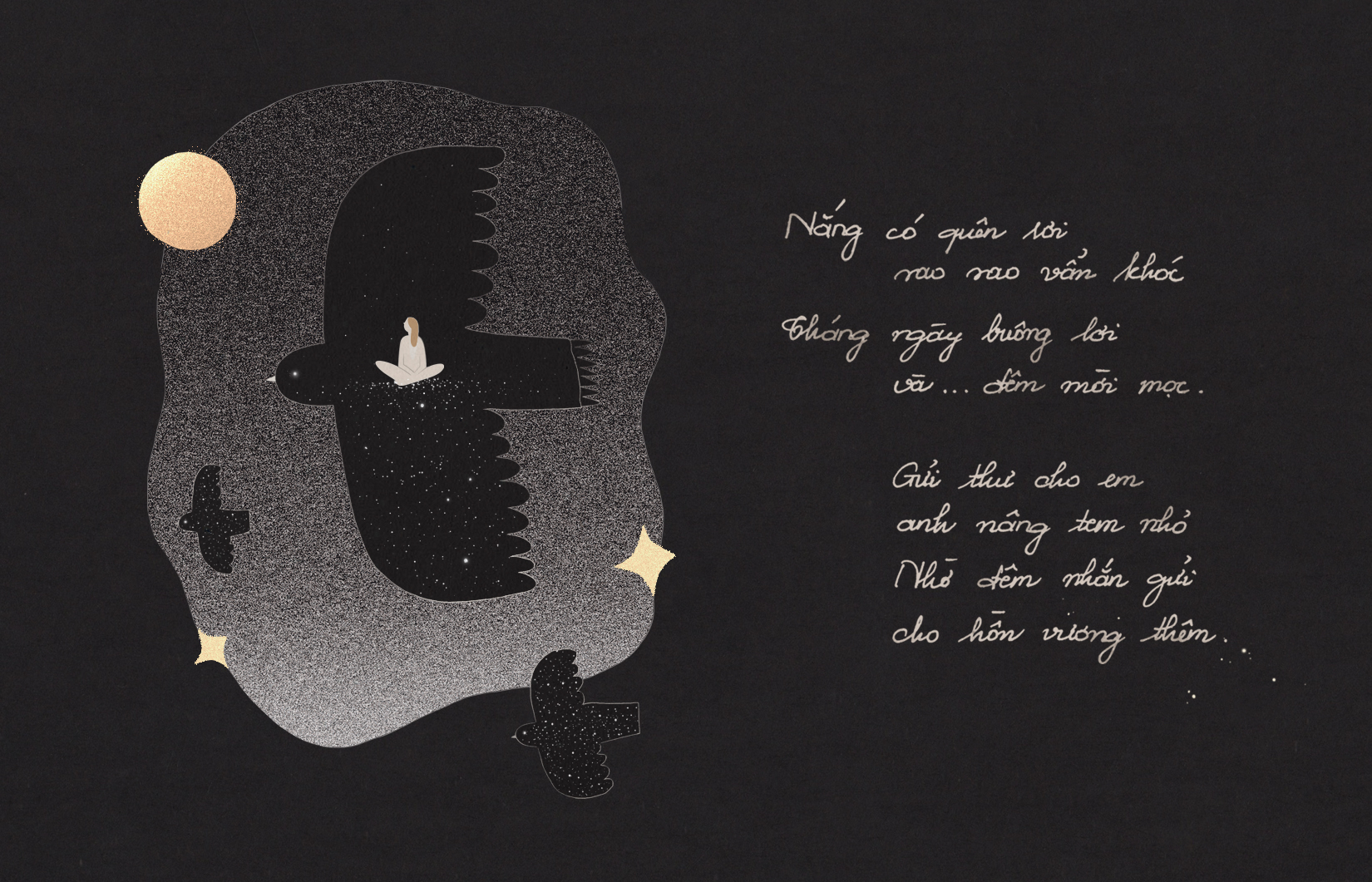
Your work is often paired with stories written in Vietnamese. Can you tell us more about the storytelling aspect of your work? How and when did you start including such an element in your work?
In my opinion, people should be much more curious about where they live or have lived. By habit, before I make an illustration, I usually spend some time digging deep into the requested character or subject to find one or two key points to develop my idea. The story (it could be poems, the strangeness or the specialness of the object) is being developed and delivered to clients not only in illustrations but also in periodical presentations, it's like the way you wait to see a new episode of a TV show each week.
Two of your big ongoing projects, Bưu Hoa Việt Nam and Sounds of Vietnam, are both archival projects. Why are you interested in archiving? What does archiving mean to you?
It is one of my hobbies. When I was a child, I collected little things, like marble balls, power ranger cards - it's quite funny, right? It’s because back in those days, I didn't have the opportunity to get more than that. When I grew up, I became more interested in storing things, especially in Vietnam, where the archival resources are still limited and not widely available to readers like me or younger than me. That's the reason why young people in Vietnam are increasingly paying attention and creating their own online archives of things or people around them. I'm still learning about it while working on it, and trying to be as meticulous as possible.
Can you tell us a bit about your project Bưu Hoa Việt Nam? What drew you to postage stamps specifically? What is your favourite stamp you have come across so far?
Bưu Hoa Việt Nam is a personal project that archives designs and stories from Vietnamese stamps. In 2015, during a trip to visit my hometown with my family, my uncle gave me a styrofoam box, I saw it as treasure, because my uncle collected precious things in his youth: CD covers from wartime, Vietnamese writing manuals, family wedding cards, school postcards and an old postage stamp book. I was curious and impressed by the illustrations on the small stamps. After two years, I created a site called Bưu Hoa Việt Nam to share the stamps that I have found along with the story behind or related to each stamp.
The beauty of old Vietnamese stamps is that it's related to the country's history during the war, therefore when an artist encapsulates it in a stamp and lets it travel everywhere, a huge meaning is created through propagation. There were lost letters sent by relatives to each other that might have taken 1-2 years to arrive. I somehow especially love to learn about such matters. I have placed a mailbox at my workplace, so that readers can send their letters to me. I will then reply by letter as well, attaching some stamps which I have shared or collected. By the way, the words Bưu Hoa in the name I gave to the archive account is a Sino-Vietnamese term that was frequently used to refer to postage stamps before 1975.
My favorite stamp is still the thematic stamp designed by artist Tran Luong for the set of stamps "New Economic" in 1962, published by Tien Bo printing house. The artist cleverly wrote the year when the stamps were issued on the blackboard, disguising it as part of a multiplication problem the teacher is teaching to the students. Moreover, the artist cleverly hid his name Tranloung in the design along the patterns and symbols on the right side of the stamp.
The beauty of old Vietnamese stamps is that it's related to the country's history during the war, therefore when an artist encapsulates it in a stamp and lets it travel everywhere, a huge meaning is created through propagation. There were lost letters sent by relatives to each other that might have taken 1-2 years to arrive. I somehow especially love to learn about such matters. I have placed a mailbox at my workplace, so that readers can send their letters to me. I will then reply by letter as well, attaching some stamps which I have shared or collected. By the way, the words Bưu Hoa in the name I gave to the archive account is a Sino-Vietnamese term that was frequently used to refer to postage stamps before 1975.
My favorite stamp is still the thematic stamp designed by artist Tran Luong for the set of stamps "New Economic" in 1962, published by Tien Bo printing house. The artist cleverly wrote the year when the stamps were issued on the blackboard, disguising it as part of a multiplication problem the teacher is teaching to the students. Moreover, the artist cleverly hid his name Tranloung in the design along the patterns and symbols on the right side of the stamp.

Can you also tell us a bit about your Sounds of Vietnam project? How and why did you decide to focus on sounds? Is this your first time working with sound? Why is it important for you to archive these sounds?
When I listen, I cannot be rushed. I listen by closing my eyes and seeing what is present through the noises. It’s a very interesting experience that I didn't notice 3 to 4 years ago while working on this project. As I always joke, collecting these sounds is free. Even as I’m writing these lines, I can hear the very typical sounds around my house in Vietnam, such as the voice of a mother calling her children to go to school, the sound of the banh mi sellers, the sound of a wife yelling at her husband because he got drunk the night before, the thank yous when buying groceries at the grocery store. I know that gradually, over time, with more technological developments, lifestyles and these sounds will be supplemented by alternative devices (laughs). So it is advisable to store these sounds throughout one’s years of growing up. I'll keep doing it, whenever I bring along a phone or a recorder.
Do you have any other upcoming projects currently in the works, and or, visions and plans for further developing your current projects? What can readers expect from you in the upcoming year?
I will continue to maintain the Bưu Hoa Việt Nam and the Sounds of Vietnam projects alongside advertising and pursuing newspaper illustration. This year, I still hope to have more opportunities to reach out to more major newsrooms to help them tell their stories through my illustrations. Probably just that.




Words
Charis Fung
Charis Fung
